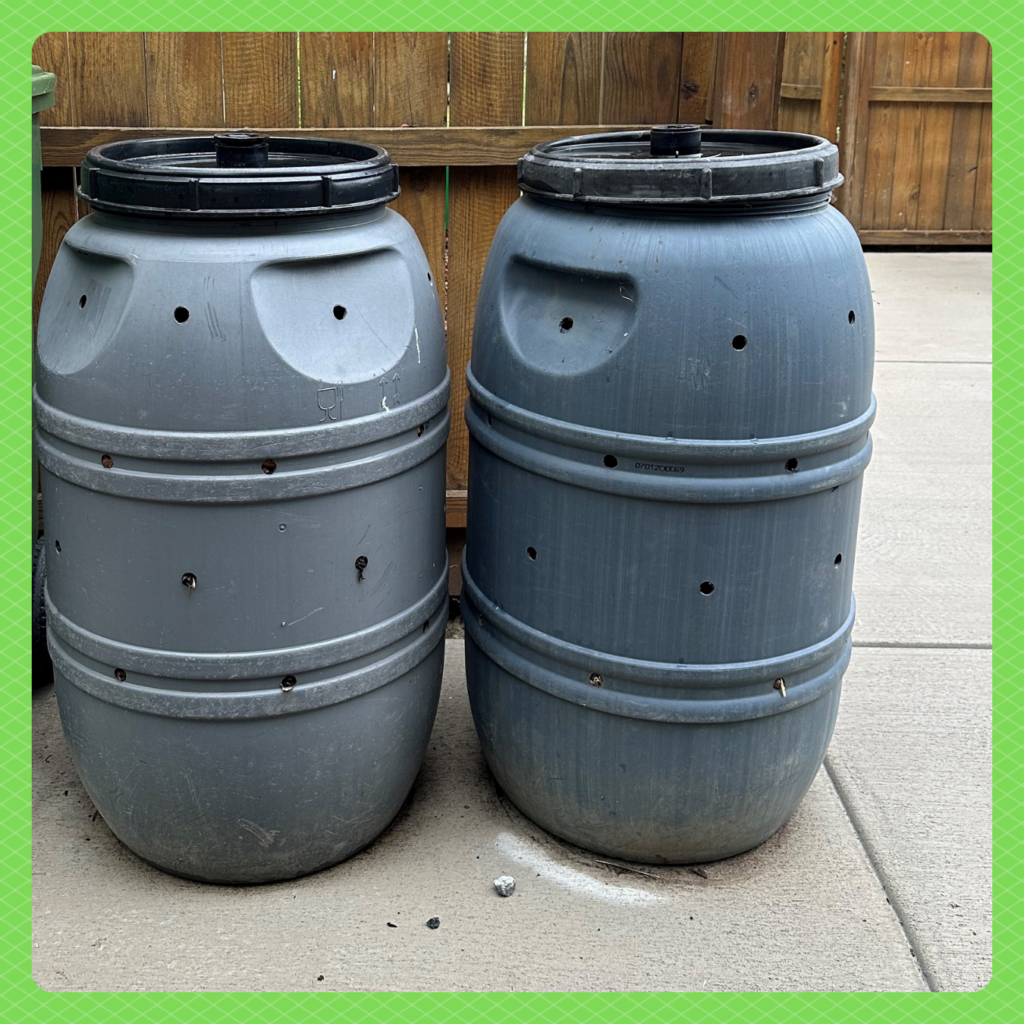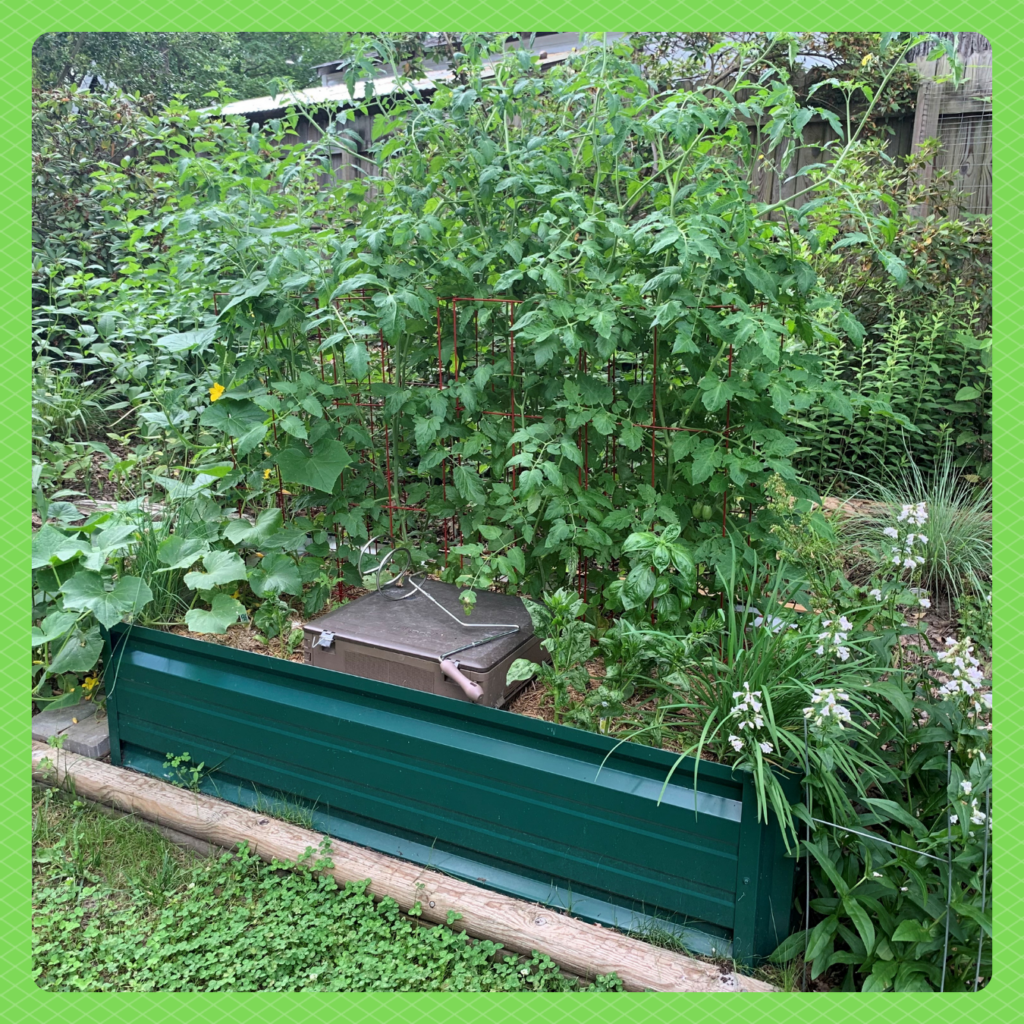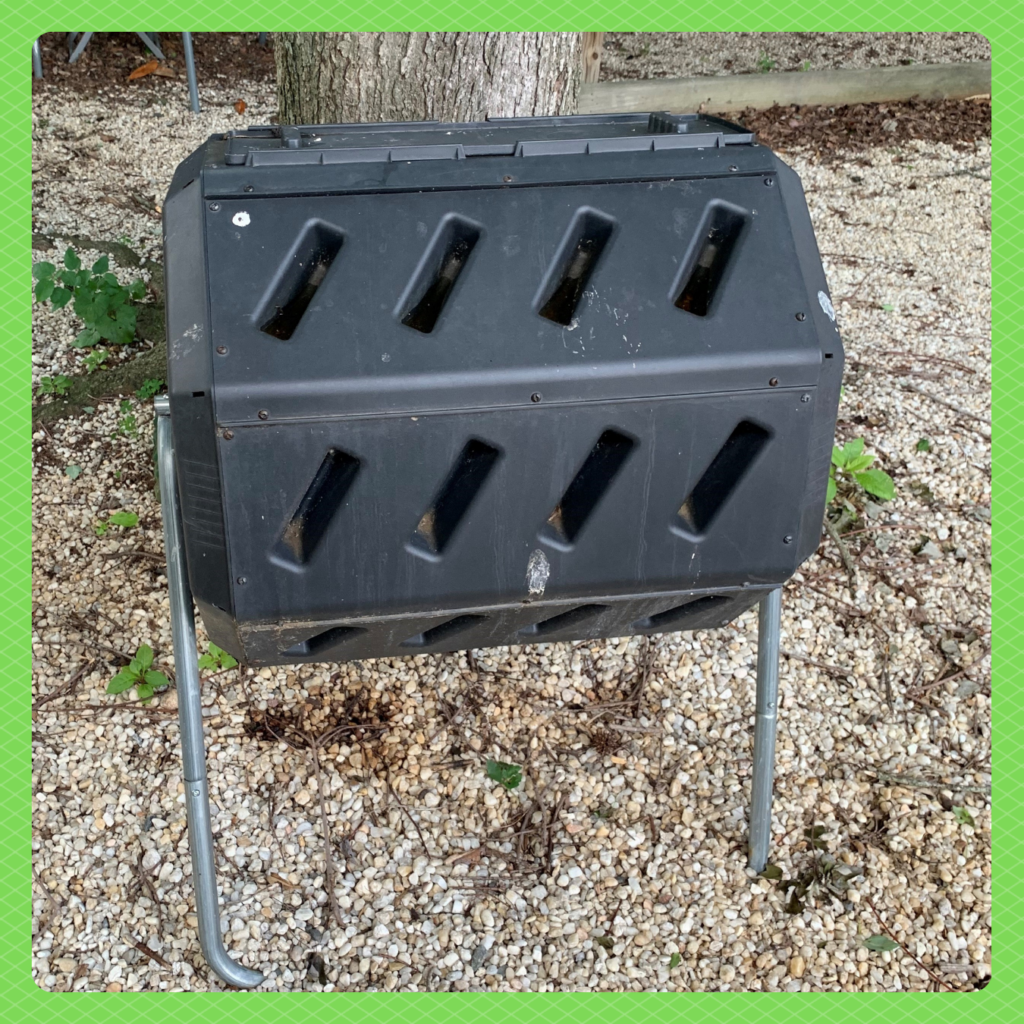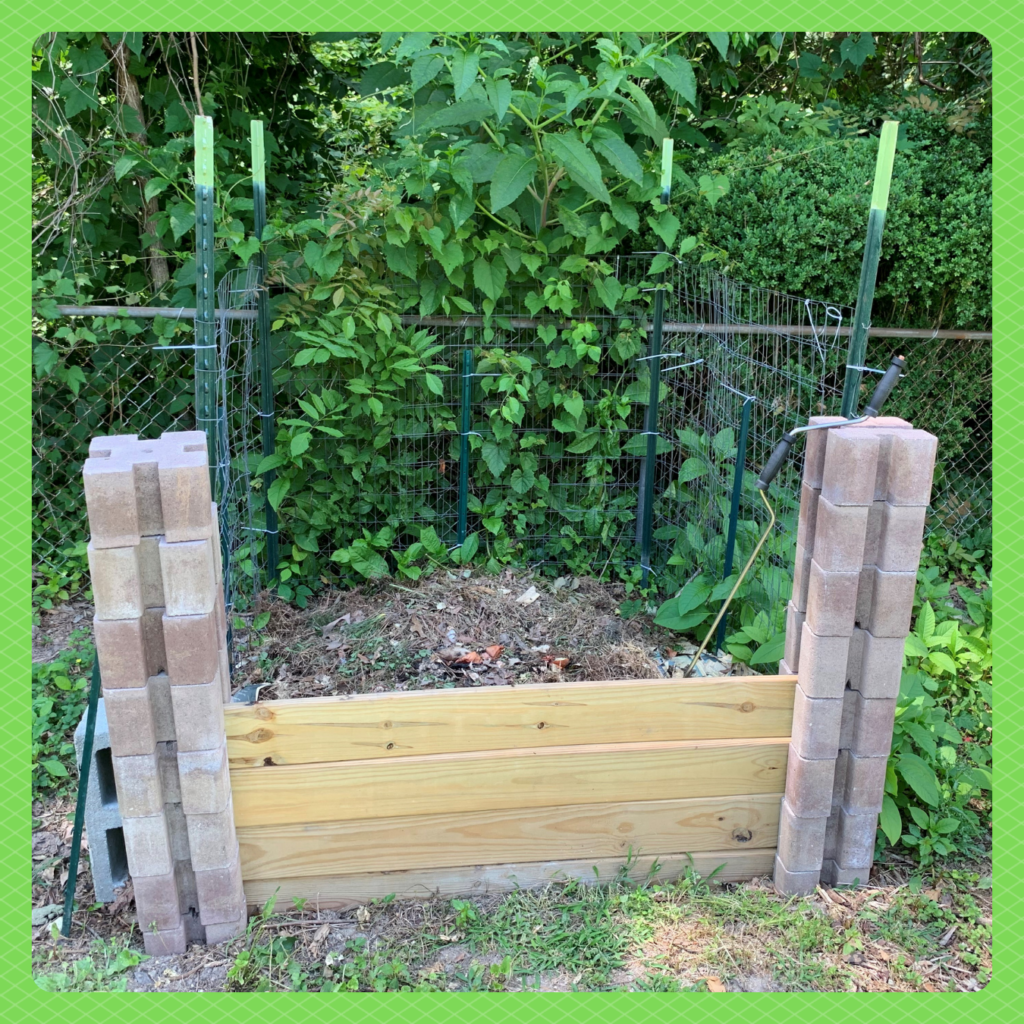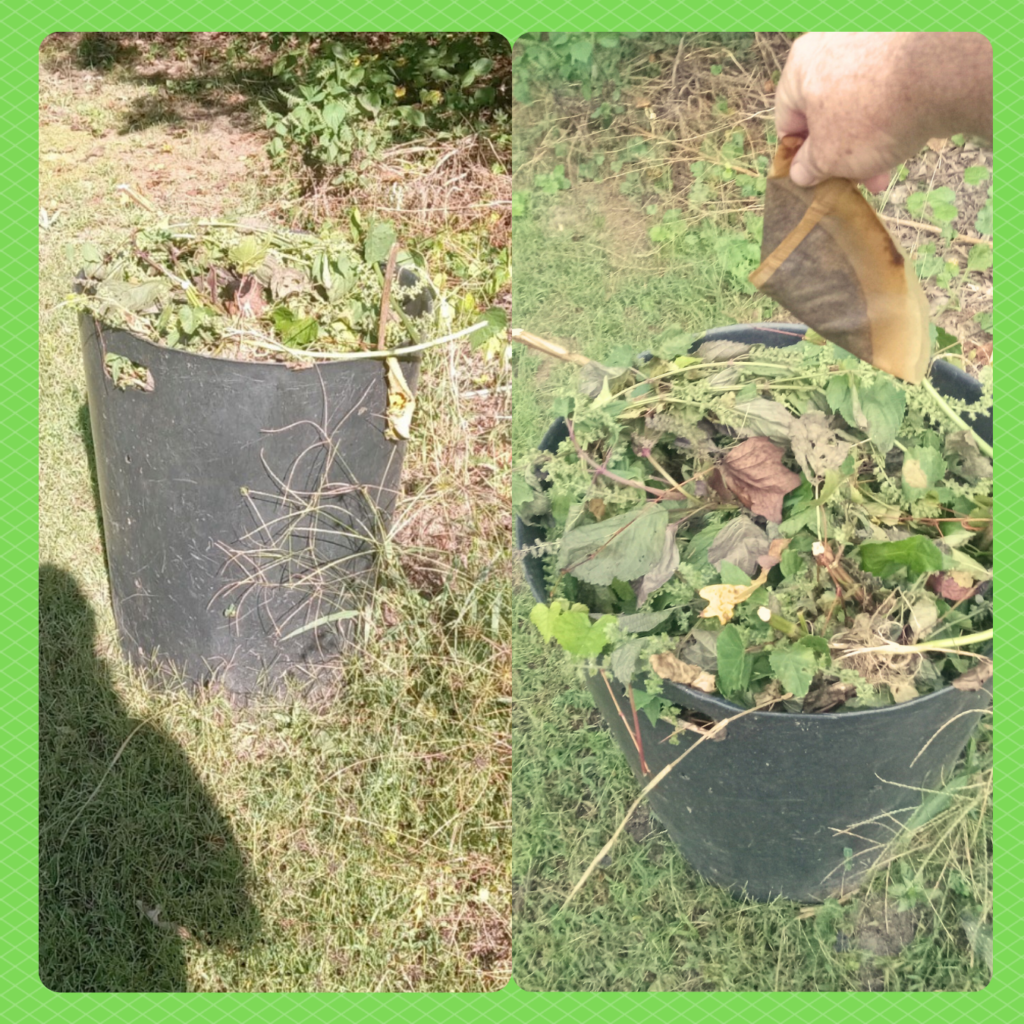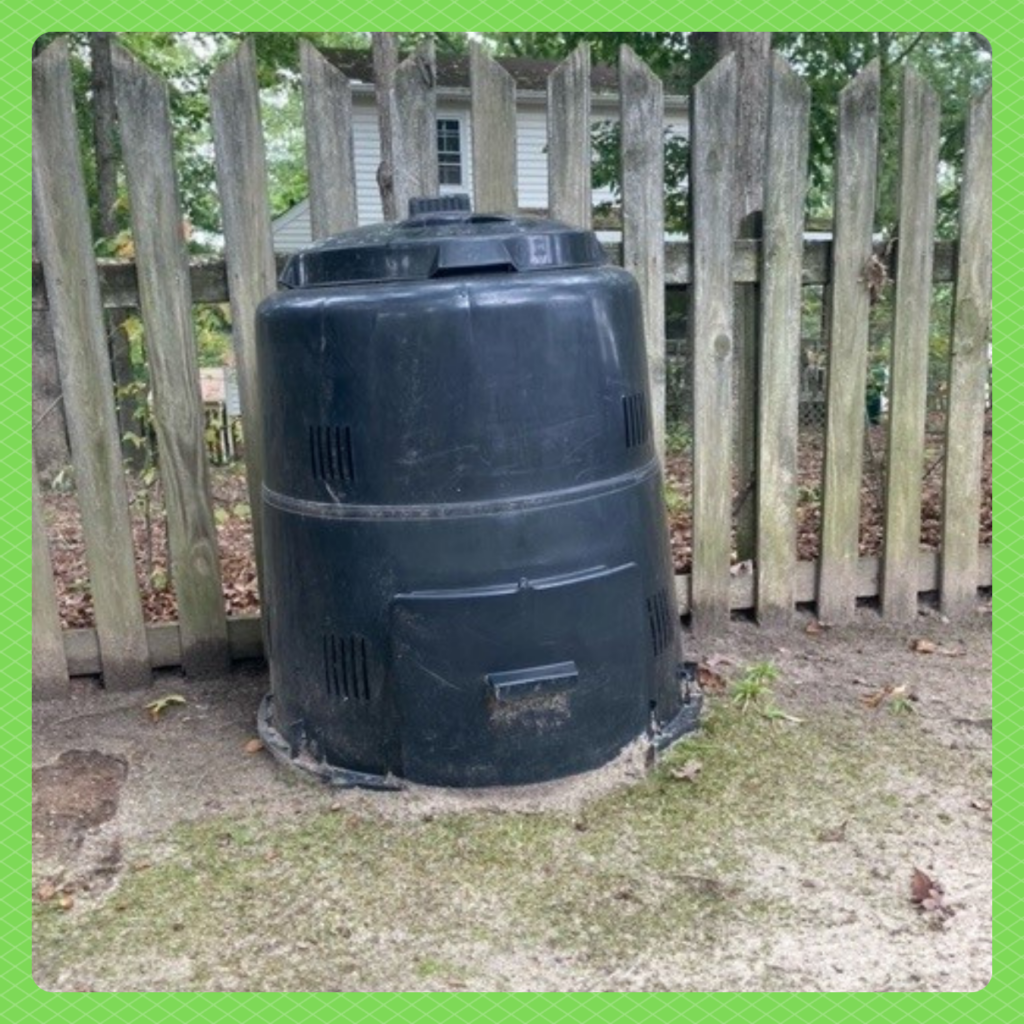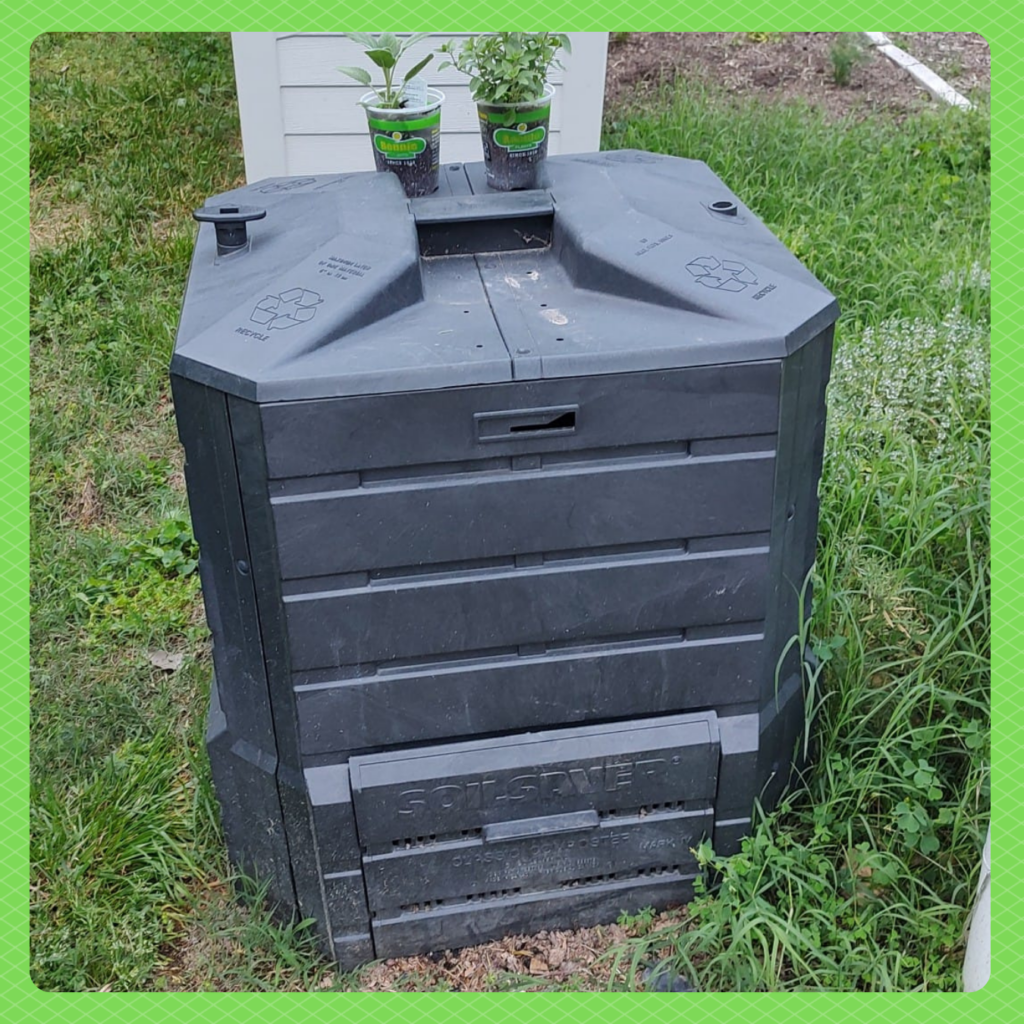This page is a guide to help you begin your own backyard composting bin. If you would like to use one the county’s drop-off composting containers, please visit the H.E.A.R.T. website. Note that the items accepted in the drop-off containers are slightly different than what goes in a backyard composting bin.
A Guide to Backyard Composting
What is composting?
Composting is a way to recycle organic waste into a nutrient-rich material that can be added to soil.
Why should we compost?
- Compost can be used to fertilize your plants and can be added to your topsoil.
- Composting reduces the amount of waste in our landfills.
- Composting decreases the amount of greenhouse gases released into our atmosphere. Food waste takes much longer to break down in the landfill than it does in our compost bin. The slow anaerobic decomposition that takes place in the landfill generates more greenhouse gas than the quick, aerated decomposition done in a compost bin.
What can I compost?
Compostable items are separated into two categories: greens and browns. Your pile should be about 1/3 greens and 2/3 browns. It doesn’t have to be exact, just an estimate.
Greens are items that are high in nitrogen, but a good rule of thumb is to think of things that contain a good bit of moisture: raw or cooked fruit and vegetable scraps, coffee grounds, and grass clippings. Chicken, rabbit, cow, or horse manure works too (if you have it).
Browns are items that are high in carbon, but it is easier to think of things that we consider to be dry: dry leaves, twigs, sawdust, wood chips, straw, nut shells, cardboard, used potting soil, and eggshells.
What can’t I compost?
There are many things that shouldn’t be composted in a home compost bin. Some items could attract pests while others contain chemicals or bacteria that are harmful to humans or plants.
You should avoid composting:
- items that do not come from living things: glass, aluminum, plastic, tin, and produce stickers
- soiled diapers, pet waste (dog, cat, etc.), and diseased or insect-ridden plants
- dairy products, greasy or oily foods, meat/seafood scrapes, and eggs (the eggshells are fine)
- yard trimmings that have been treated with chemical pesticides, treated/painted wood
How can I get started?
You just need a few things to get started:
- A bin or space for a pile
- A way to turn or disturb your pile (a shovel, rake, or pitchfork)
- Your greens and browns
- Water and air
More information:
Composting in Your Backyard an article about composting from the EPA.
Making Compost from Yard Waste a guide from the Virginia Cooperative Extension.
KHB brings composting brochures to area events. If you live in Henrico and would like one mailed to you, please email us your address.

Need some inspiration? Check out these compost piles from Henrico County residents and employees. As you can see, there are so many different ways to compost. The key is to not become intimidated on where to start. Even a small compost pile has environmental benefits.
